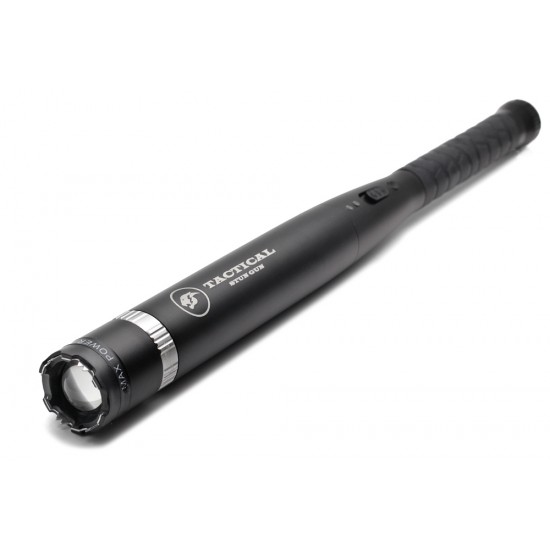437
The legality and availability of personal security tools vary significantly by state in the US. Here’s a breakdown of some common categories and general considerations:
1. Non-Lethal Self-Defense:
- Pepper Spray:
- Legality: Generally legal in most states with some restrictions (e.g., potency, age limits).
- Note: Always check your state’s specific laws regarding pepper spray.
- Stun Guns:
- Legality: Laws vary widely by state. Some states prohibit them entirely, while others allow them with certain restrictions (e.g., training requirements, licensing).
- Personal Alarms:
- Legality: Generally legal in all states.
- Effectiveness: Loud alarms can deter attackers and attract attention.
2. Home Security:
- Home Security Systems:
- Legality: Legal in all states.
- Types: Include alarm systems, security cameras, smart locks, motion detectors.
- Security Lighting:
- Legality: Legal in all states.
- Effectiveness: Well-lit areas deter potential intruders.
3. Personal Safety Apps:
- Legality: Generally legal in all states.
- Examples: Apps that allow you to share your location with trusted contacts, trigger alarms, or contact emergency services.
4. Other Considerations:
- State-Specific Laws: Always research and comply with your state’s specific laws regarding self-defense tools.
- Training: Consider taking self-defense classes to learn how to use these tools effectively and safely.
- Situational Awareness: Being aware of your surroundings and potential threats is crucial for personal safety.
Disclaimer: This information is for general knowledge and guidance only. It is not legal advice. Always consult with relevant legal authorities for specific information regarding self-defense laws in your state.
Key Resources:
- State Attorney General’s Office: Contact your state’s Attorney General’s office for the most up-to-date information on self-defense laws.
- Local Law Enforcement: Consult with your local police department for guidance on personal safety and self-defense options.
Remember: The best personal security measures often involve a combination of proactive steps, such as situational awareness, and the use of appropriate safety tools.



